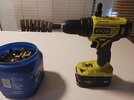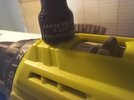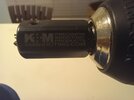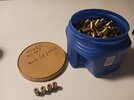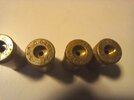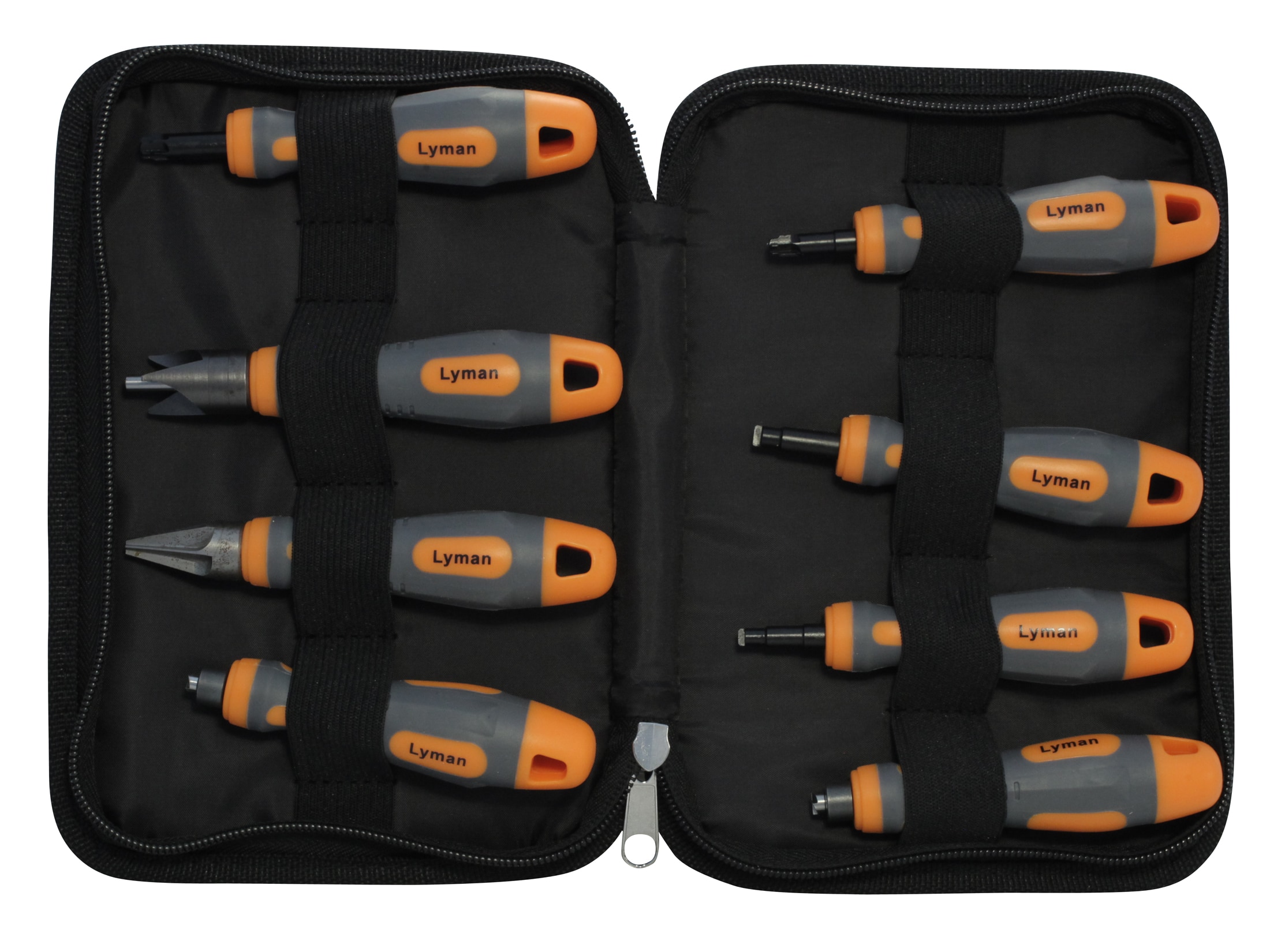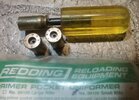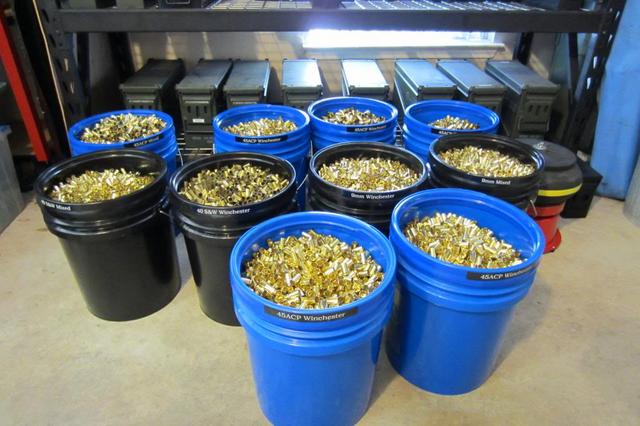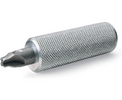CQB45ACP
Member
Need some help here brethren.
I’m looking for an effective large primer pocket reamer. It doesn’t have to be a reloading company product—it can be a machinist’s reamer, for example.
I currently have a reloading company reamer which doesn’t work well. I also have a standalone swager I wish I hadn’t bought.
Attached picture shows:
1) a pocket gauge not fitting,
2) the purpose built pocket reamer fitting completely (and loosely I might add) in a like sized pocket, and
3) a #4 tapered hand reamer which is the approximate size and quality I’d like (but don’t think I want tapered). It’s also old worn out—was my grandfather’s a century ago.
I find a surprising number of Winchester cases with really tight pockets as shown yet they don’t look crimped.
If your answer is just throw offending cases in trash, save your breath I’m not going to do it.
I’m not going to do it.
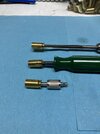
I’m looking for an effective large primer pocket reamer. It doesn’t have to be a reloading company product—it can be a machinist’s reamer, for example.
I currently have a reloading company reamer which doesn’t work well. I also have a standalone swager I wish I hadn’t bought.
Attached picture shows:
1) a pocket gauge not fitting,
2) the purpose built pocket reamer fitting completely (and loosely I might add) in a like sized pocket, and
3) a #4 tapered hand reamer which is the approximate size and quality I’d like (but don’t think I want tapered). It’s also old worn out—was my grandfather’s a century ago.
I find a surprising number of Winchester cases with really tight pockets as shown yet they don’t look crimped.
If your answer is just throw offending cases in trash, save your breath



